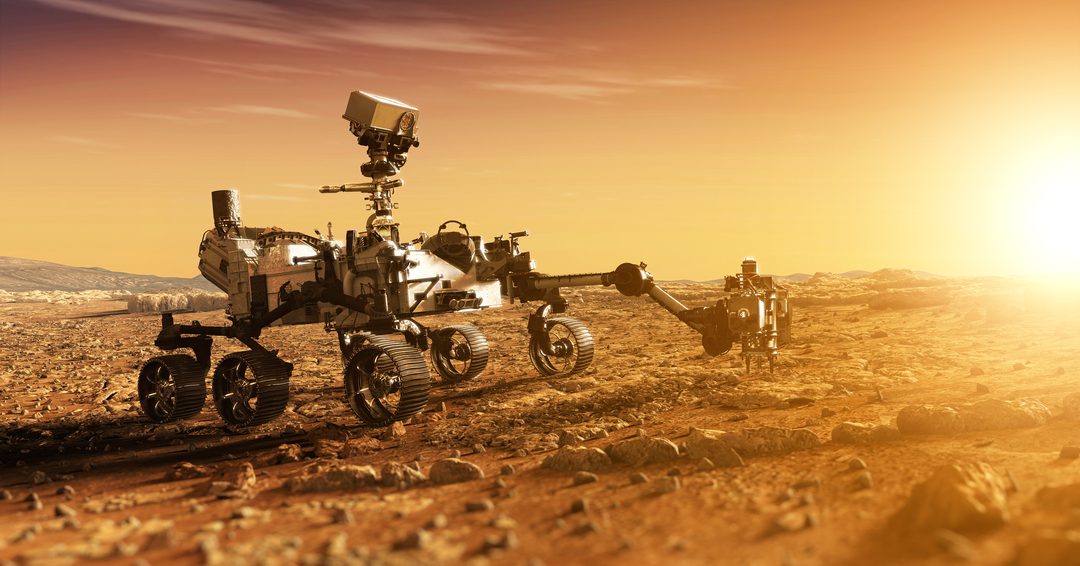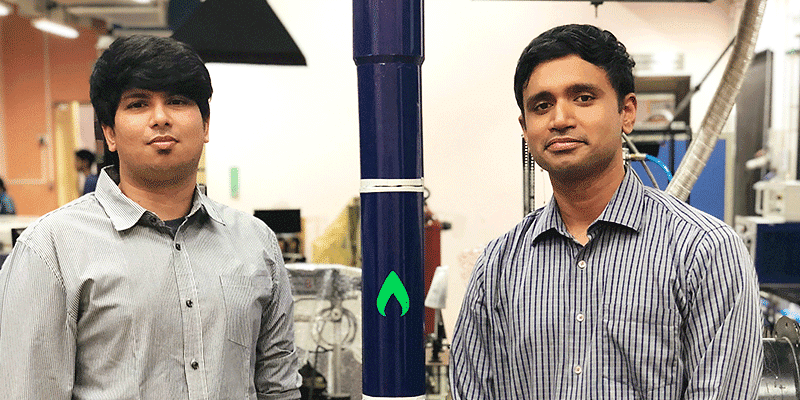(September 8, 2021) Back in 1963 cosmonaut Valentina Tereshkova made history by becoming the first woman in space aboard Soviet Union’s Vostok 6 spacecraft. By 1997 it was Indian-origin astronaut Kalpana Chawla’s turn to script history by becoming the first Indian woman in space when she flew on NASA’s Space Shuttle Columbia. To work on the final frontier has long been many women’s dream and Indian women have been making their presence felt in the world of astronomy… from writing complex programs to drive rovers on Mars to leading missions to the Red Planet and the Moon. With stars in their eyes and steely resolves, these women have been breaking the glass ceiling as the race to space heats up.
From Muthayya Vanitha, project director of ISRO’s Chandrayaan-2, to Vandana Verma, who drove NASA’s Perseverance rover, Indian women have been an integral part of humankind’s space explorations in the recent past. Global Indian turns the spotlight on some of their journeys.
Muthayya Vanitha, ISRO

Muthayya Vanitha
When Chandrayaan-2 blasted its way into space in 2019 the ISRO team was on tenterhooks… a lot was riding on this mission. And the most tensed was its project director, Muthayya Vanitha. This was India’s second inter-planetary mission and Vanitha, who has been with ISRO for over 32 years, was responsible for it end to end. 30% of the team working on the Chandrayaan-2 were women and Chennai-born Vanitha led them all through her grit and determination. When she’d first joined ISRO, Vanitha was the junior most engineer on the team and worked her way up the ladder – she would work in the lab, testing carts, making hardware and develop designs.
Daughter of a civil engineer and an electronic and communications engineer, Vanitha worked tirelessly on the Chandrayaan-2 mission: her resolve was to do it at a fraction of the cost incurred by ISRO’s contemporaries. Though reluctant to lead the team for Chandrayaan-2, it was M Annadurai, project director of Chandrayaan-1, who managed to persuade her to get on board. Well versed in data handling as well as the digital and hardware aspects of missions, she was the right fit. As a mission director, she had been working on the project for years; she had earlier worked on data operations for the country’s remote sensing satellites and is known for her problem-solving skills. She also won the Best Woman Scientist Award of the Astronautically Society of India in 2006.
Ritu Karidhal Srivastava, ISRO

Ritu Karidhal Srivastava, Indian woman in Space Research
While Muthayya Vanitha led the Chandrayaan-2 team successfully, she was closely aided by India’s Rocket Woman Ritu Karidhal Srivastava who was the Mission Director on the project. Born and brought up in Lucknow, Ritu graduated from Lucknow University before joining IISC for her Masters in Aerospace Engineering. Known for her simplicity and hardworking nature, Ritu went on to join ISRO where she has been working ever since. She has played a key role in the development of India’s Mars Orbiter Mission, Mangalyaan and was deputy operations director on the project. The mission made India the fourth country in the world to reach Mars and the project was completed in 18 months. She received the ISRO Young Scientist Award from APJ Abdul Kalam in 2007 and has also presented at TED and TEDx events where she described the success of the Mangalyan mission.
Swati Mohan, NASA

Swati Mohan, Indian woman in Space Research
The Indian American aerospace engineer was the Guidance and Controls Operations Lead on the NASA Mars 2020 mission. Born in Bengaluru, Swati moved to the US with her family when she was one-year-old. As a child, she would watch Star Trek and became fascinated with Space. Though she’d originally planned on becoming a doctor, a physics class that she took at age 16 prompted her to study engineering and make a career in space exploration. She went on to study Mechanical and Aerospace Engineering at Cornell University before completing her Masters and PhD in Aeronautics and Astronautics from Massachusetts Institute of Technology. Swati currently works with NASA’s Jet Propulsion Lab in Pasadena, California and joined the Mars 2020 team in 2013. As the Guidance and Controls Operations Lead she was responsible for ensuring the spacecraft that carries the rover was properly oriented during its travel to Mars and when landing on the planet’s surface. She’d earlier worked on the Cassini mission to Saturn and GRAIL, a pair of small spacecraft which mapped the gravitational field of Moon.
Vandana Verma, NASA

Vandana Verma, Indian woman in Space Research
Vandana Verma, or Vandi Verma as she is better known, is a space roboticist at NASA’s Jet Propulsion Laboratory known for driving the Mars rovers, notably Curiosity and Perseverance. She used software including the PLEXIL programming technology that she co-wrote and developed. Born and brought up in Halwara in Punjab, Verma’s father was an Indian Air Force pilot, and she went on to study electrical engineering at Punjab Engineering College in Chandigarh. She then moved to the US for a Masters in Robotics from Carnegie Mellon University, followed by a PhD in Robotics from the same university in 2005. While she was studying, she also gained her pilot’s license and first worked at Ames Research Center as a research scientist.
In 2006, Verma was one of the co-writers of PLEXIL, an open-source programming language now used in automation technologies such as the NASA K10 rover, Mars Curiosity rover’s percussion drill, International Space Station, and Autonomy Operating System (AOS). In 2007 she joined NASA’s Jet Propulsion Laboratory (JPL) with a special interest in robotics and flight software and became part of the Mars rover team in 2008. She has also worked on developing flight and flight simulation software systems that were used by the Mars 2020 rover.



